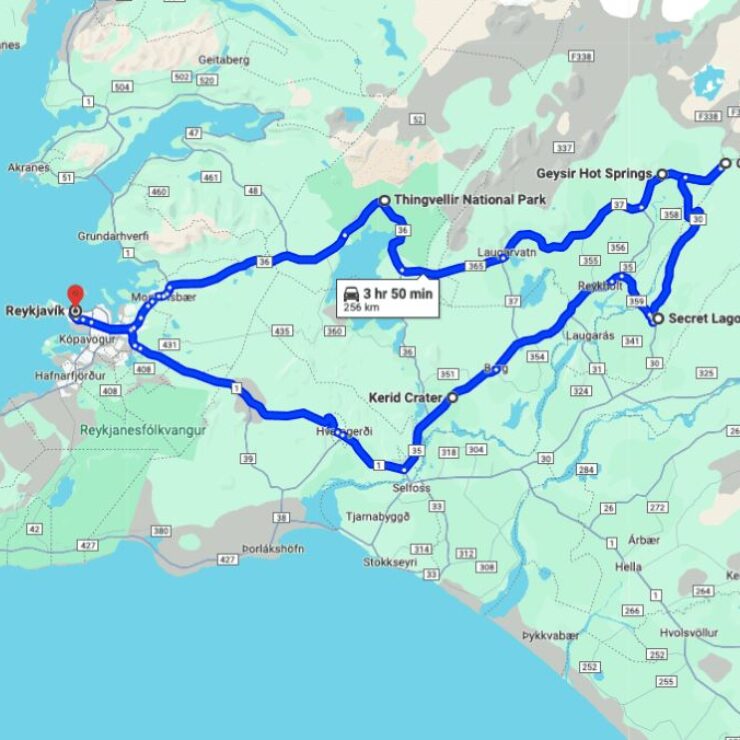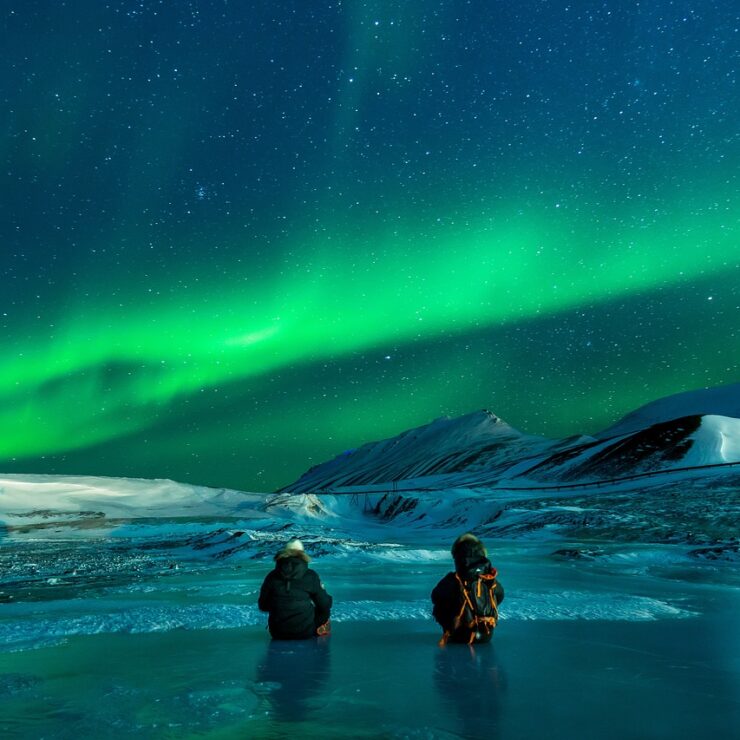Introdução ao paraíso glacial da Islândia
A Islândia, frequentemente chamada de Terra do Fogo e do Gelo, oferece uma das experiências de caminhada em geleiras mais acessíveis do mundo. Abrangendo aproximadamente 11% da superfície terrestre da Islândia, essas antigas formações de gelo proporcionam não apenas paisagens de tirar o fôlego, mas também uma janela única para a história climática da Terra. Para iniciantes que desejam escalar esses gigantes congelados, a Islândia oferece a combinação perfeita de infraestrutura profissional, paisagens deslumbrantes e terreno glacial relativamente acessível.
À medida que as mudanças climáticas aceleram o recuo das geleiras em todo o mundo, vivenciar essas maravilhas naturais tornou-se mais urgente e, paradoxalmente, mais acessível graças a equipamentos modernos e padrões de segurança aprimorados. A indústria do turismo glacial no país evoluiu significativamente, transformando o que antes era um esporte de aventura radical em uma atividade que até mesmo iniciantes em trilhas podem desfrutar com segurança e com a devida orientação. 3

Geleiras populares para iniciantes
Geleira Sólheimajökull
Localizada na costa sul da Islândia, Sólheimajökull é frequentemente considerada o ponto de partida ideal para quem faz trilhas em geleiras pela primeira vez. Como uma geleira de saída da calota de gelo Mýrdalsjökull, oferece encostas relativamente suaves e está convenientemente localizada a apenas duas horas de carro de Reykjavík. A geleira apresenta formações de gelo fascinantes, fendas profundas e impressionantes camadas de cinzas pretas de erupções vulcânicas anteriores, proporcionando contrastes visuais dramáticos que proporcionam fotografias inesquecíveis.
Área de Skaftafell/Vatnajökull
As geleiras do Parque Nacional Vatnajökull, especialmente aquelas acessíveis a partir do centro de visitantes de Skaftafell, oferecem algumas das oportunidades de caminhadas glaciais mais espetaculares da Islândia. Como parte da maior geleira da Europa, esses campos de gelo proporcionam caminhadas mais longas com terrenos mais variados. A área é particularmente conhecida por suas cavernas de gelo azul cristalino durante os meses de inverno, adicionando outra dimensão à experiência glacial que vai além da mera caminhada.
Equipamentos e preparação essenciais
Caminhadas em geleiras exigem equipamentos especializados que os operadores turísticos normalmente fornecem como parte de seus pacotes:
- Grampos: Pontas de metal que se prendem às suas botas para tração no gelo
- Picareta de gelo: Usado para equilíbrio e estabilidade em seções mais íngremes
- Capacete: Protege contra queda de gelo ou escorregões acidentais
- Aproveitar: Usado em rotas mais técnicas ou ao atravessar terrenos particularmente desafiadores
Além do equipamento técnico, a preparação pessoal é igualmente importante:
- Roupas em camadas:O clima nas geleiras islandesas pode mudar rapidamente
- Camadas externas impermeáveis:Tanto a jaqueta quanto a calça devem ser totalmente impermeáveis
- Botas de caminhada resistentes:Deve ser rígido o suficiente para suportar grampos
- Luvas e chapéu: Essencial mesmo nos meses de verão
- Óculos de sol e protetor solar:O gelo reflete intensamente a luz do sol, mesmo em dias nublados
Considerações de segurança
Caminhar em geleiras envolve riscos inerentes que devem ser respeitados. Nunca tente caminhar em uma geleira sem um guia profissional, pois fendas ocultas, formações de gelo instáveis e mudanças climáticas repentinas podem criar situações de risco de vida para quem não estiver preparado.
Os operadores turísticos modernos na Islândia mantêm protocolos de segurança rigorosos, incluindo:
- Instruções de segurança abrangentes antes de cada passeio
- Inspeções e manutenção regulares de equipamentos
- Monitoramento contínuo das condições climáticas e glaciais
- Proporções rigorosas entre guias e participantes para garantir uma supervisão adequada
- Dispositivos de comunicação de emergência e procedimentos de evacuação
Tipos de passeios disponíveis
Passeios fáceis para descoberta de geleiras
Essas experiências introdutórias geralmente duram de 2 a 3 horas e se concentram em técnicas básicas de caminhada na geleira, na compreensão do ambiente glacial e na apreciação de vistas espetaculares. A caminhada de 2,5 horas na geleira Sólheimajökull é perfeita para famílias e iniciantes, exigindo apenas um nível moderado de condicionamento físico, mas ainda proporcionando uma experiência autêntica na geleira.
Aventuras de meio dia
Mais abrangentes do que os passeios introdutórios, as excursões de meio dia permitem uma exploração mais aprofundada das características da geleira, incluindo cavernas de gelo (no inverno), moulins (poços verticais formados pela água do degelo) e formações de gelo mais impressionantes. Esses passeios geralmente duram de 4 a 5 horas e podem incluir algumas etapas leves de escalada no gelo.
Experiências Especializadas
Para aqueles que buscam algo além das caminhadas tradicionais, passeios especializados oferecem perspectivas únicas:
- Passeios em cavernas de gelo: Disponível principalmente de novembro a março
- Expedições focadas em fotografia:Cronometrado para condições de iluminação ideais
- Passeios combinados de geleira e vulcão: Destacando o caráter geológico único da Islândia
Considerações sazonais
Caminhada na geleira de verão (maio a setembro)
O verão oferece mais horas de luz do dia (até 24 horas em junho/julho), temperaturas geralmente mais amenas e condições climáticas mais estáveis. O gelo parece mais azulado durante os meses de verão devido ao aumento do derretimento, e as fendas ficam mais definidas. No entanto, o verão também é a alta temporada turística, o que significa passeios mais concorridos e preços mais altos.
Aventuras na Geleira de Inverno (outubro-abril)
O inverno traz consigo as mágicas cavernas de gelo azul que se formam sob as geleiras, acessíveis apenas durante os meses mais frios, quando a água derretida congela. O contraste dramático entre a neve branca, o gelo azul e as cinzas vulcânicas pretas é particularmente impressionante sob a luz do inverno. Os passeios podem ser mais curtos devido à luz solar limitada, mas os fenômenos únicos do inverno tornam esta estação igualmente atraente para os entusiastas das geleiras.
Impacto Ambiental e Considerações Éticas
As geleiras da Islândia estão recuando a um ritmo alarmante devido às mudanças climáticas. Sólheimajökull, por exemplo, recuou mais de 1 quilômetro só na última década. Operadores turísticos responsáveis agora incorporam elementos educativos sobre mudanças climáticas e conservação de geleiras em seus passeios.
Ao selecionar um passeio, considere empresas que:
- Mantenha grupos pequenos para minimizar o impacto
- Siga os princípios de “não deixar rastros”
- Contribuir para a pesquisa de geleiras ou esforços de conservação
- Empregar guias treinados em segurança e educação ambiental
Dicas práticas para quem está fazendo trilhas em geleiras pela primeira vez
- Reserve com antecedência:Especialmente durante a alta temporada (junho a agosto), os passeios lotam rapidamente
- Seja honesto sobre seu nível de condicionamento físico: Escolha um passeio adequado às suas habilidades
- Ouça atentamente o seu guia:As instruções de segurança não são meras formalidades
- Leve uma câmera em um estojo à prova d'água:As oportunidades para fotos são extraordinárias
- Mantenha-se hidratado:O esforço físico aliado ao ar seco pode levar à desidratação
- Esteja preparado para ajustar os planos:As condições climáticas podem exigir alterações de última hora
Combinando caminhadas em geleiras com outras aventuras islandesas
Muitos visitantes integram experiências em geleiras a roteiros mais amplos pela Islândia. Combinações populares incluem:
- Passeios pela costa sul com caminhadas em Sólheimajökull, cachoeiras Skógafoss e Seljalandsfoss
- Viagens de vários dias pela Ring Road com aventuras em geleiras como destaques
- Caça à aurora boreal no inverno, combinada com exploração de cavernas de gelo
- Visitas a fontes termais ou lagoas após caminhadas em geleiras - o contraste de temperatura é inesquecível
Conclusão
Caminhadas em geleiras na Islândia oferecem aos iniciantes uma rara oportunidade de vivenciar com segurança um dos fenômenos mais magníficos da natureza. Com preparação adequada, respeito aos protocolos de segurança e orientação de profissionais experientes, pisar nessas antigas formações de gelo se torna não apenas uma aventura, mas uma profunda conexão com os processos geológicos da Terra e as mudanças climáticas. À medida que as geleiras da Islândia continuam a recuar, cada visitante leva consigo não apenas memórias e fotografias, mas também uma compreensão mais profunda da fragilidade e das maravilhas do nosso planeta.






